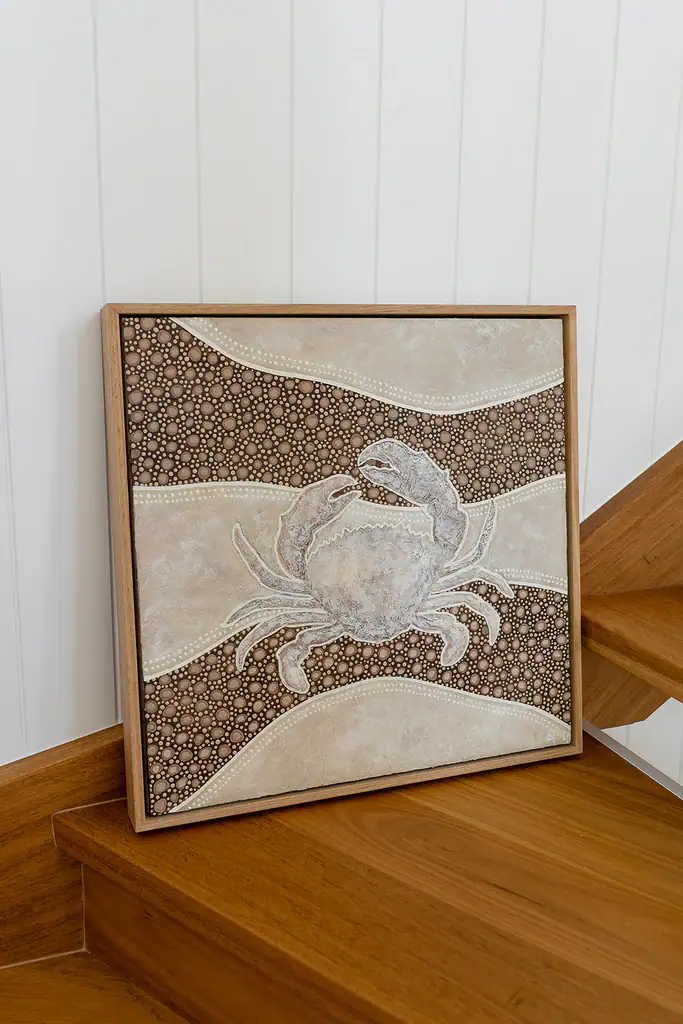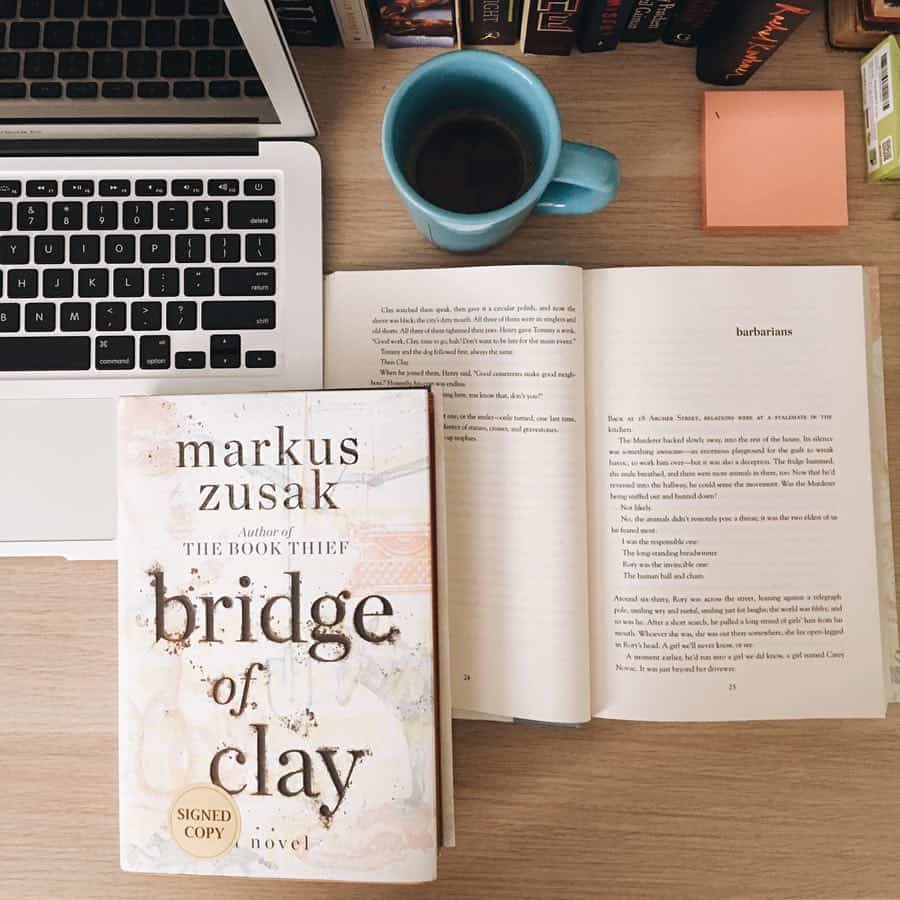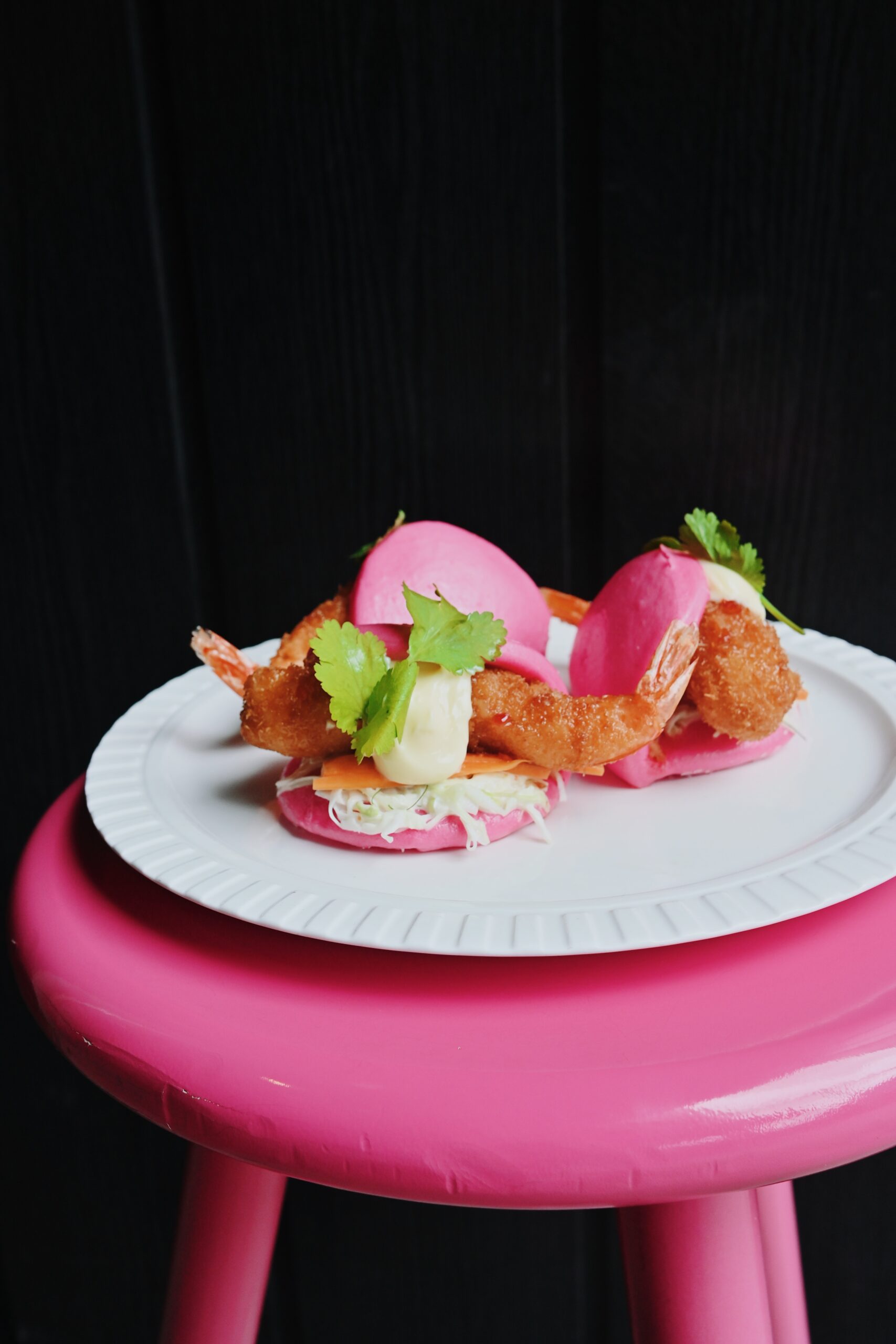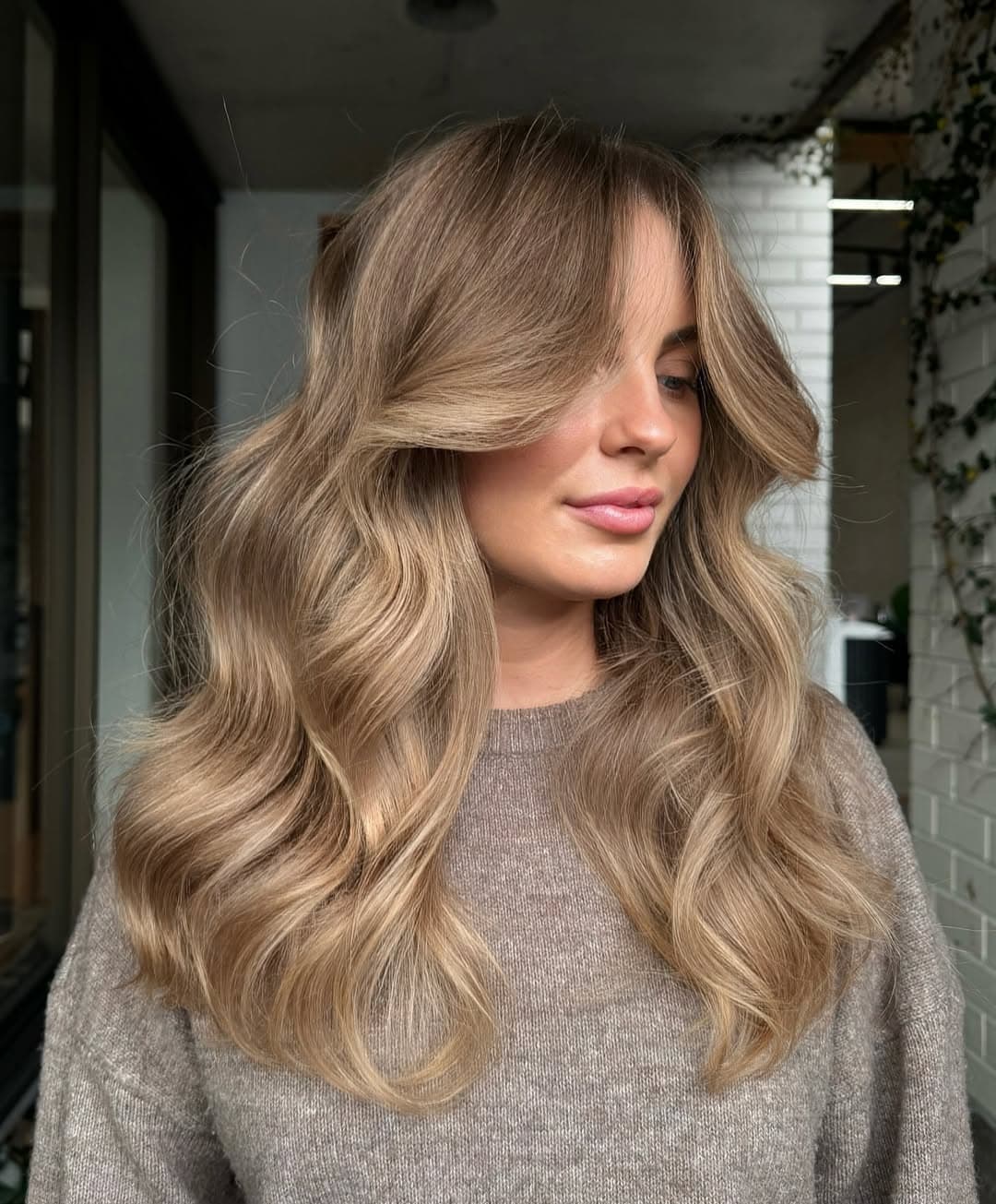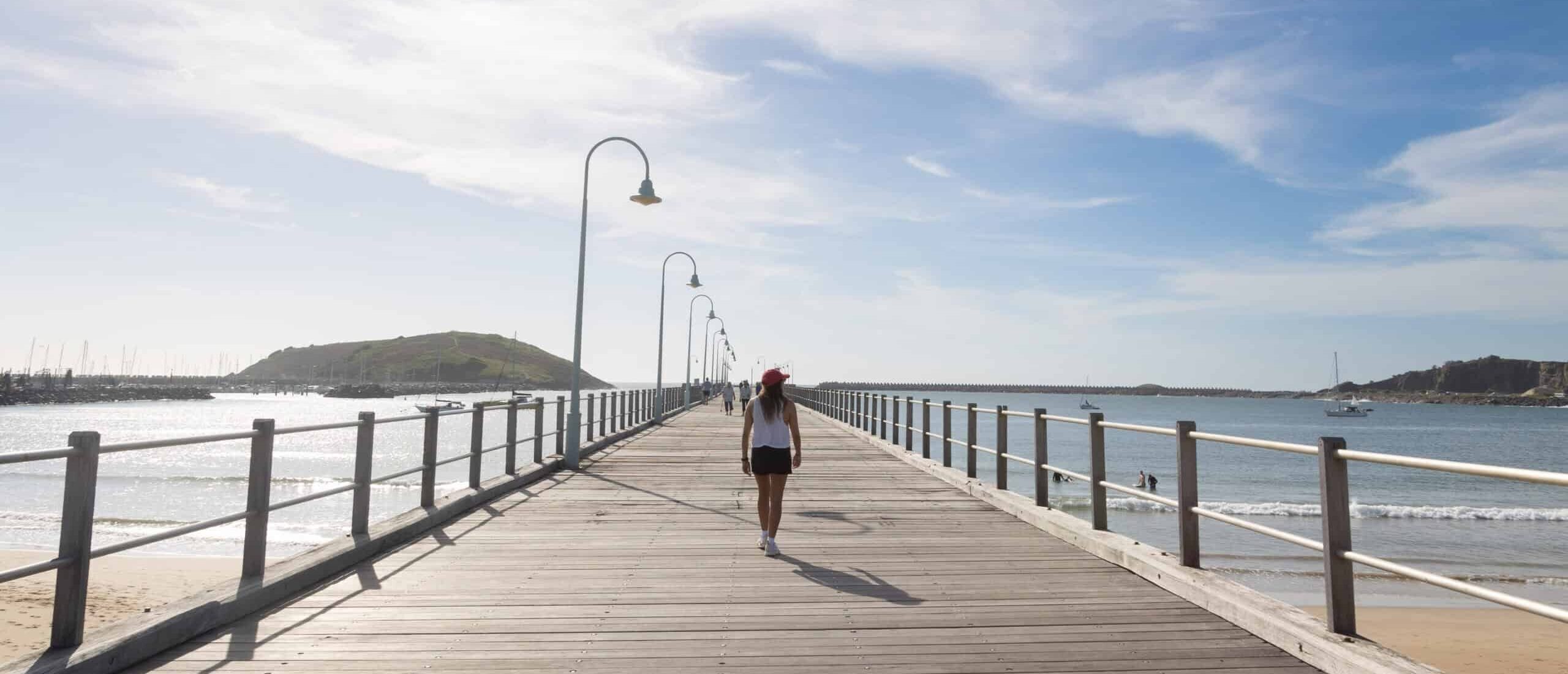When Art Meets Food with Marie Aubeline Hiot
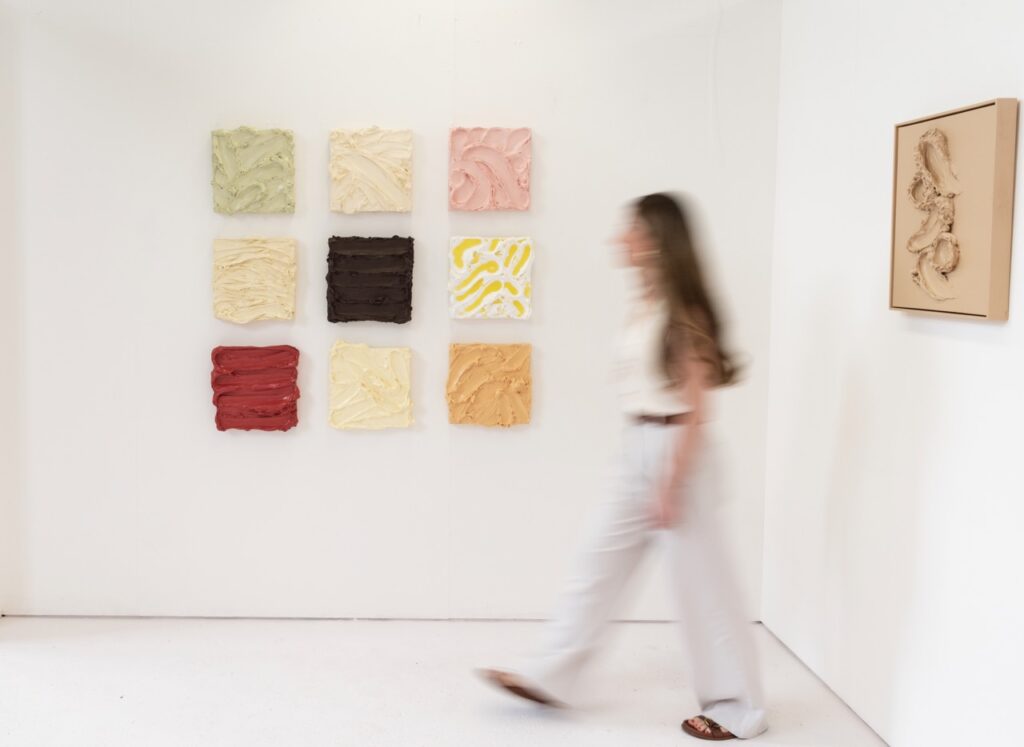
A former pastry chef armed with a BFA in painting from France’s National Art School, Marie Auberline Hiot is better placed than most to understand the unique intersection of art and food. Joy, nostalgia and the beauty of shared moments drive Marie’s artistic practice which centres around the use of vibrant pastels, indulgent textures and decadent brush strokes. Her works fall into two distinct categories with oil paintings that evoke the delight of a shared meal and a heavily textured series that directly imitates the softness of butter, gelato and cake icing. A celebration of life’s simple pleasures? We’re here for it. Here we chat to Marie about her practice and process.
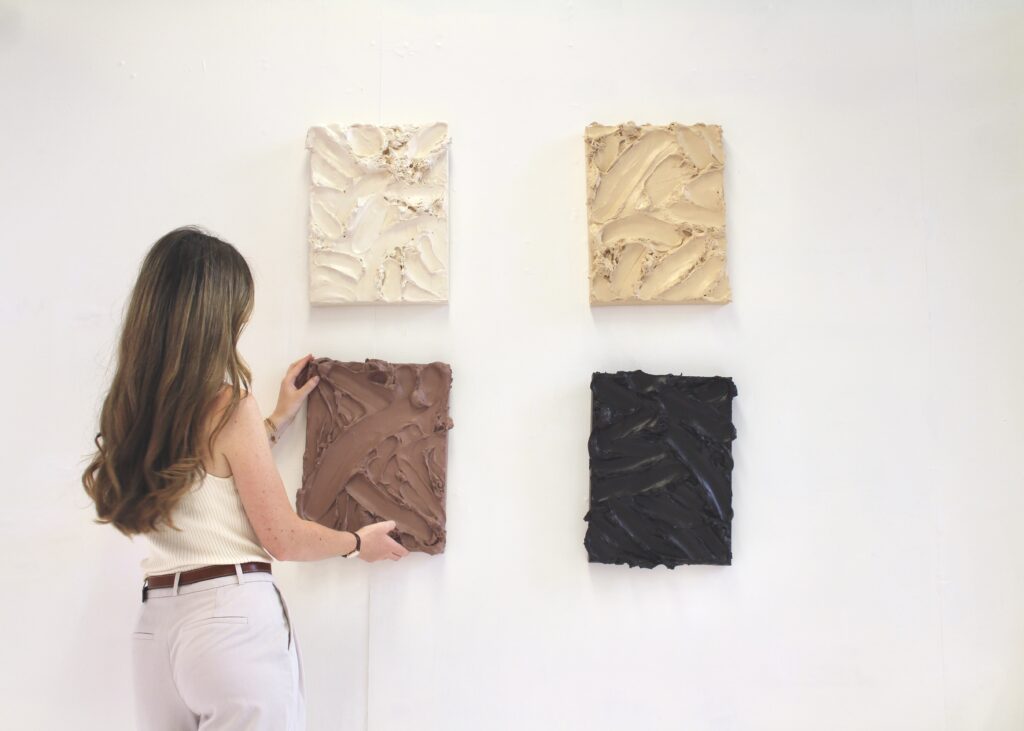
Bonjour! You started your career as a pastry chef. Why the move to art?
Bonjour! I’ve always loved art. I have been around it since I was very little as my parents love to paint. I grew up in a big 15th-century house in a small town in the Southwest of France where the top floor was dedicated to art. Both art and baking were always very present in my family growing up. I decided to move full-time into art a few years ago as I was really missing it. I have never really left baking or art; they are somehow very intertwined to me!
Both very worthy pursuits! We also love art and baking. People have been painting still-life images of food for centuries. Why do you think we can’t stop?
Food is such a fundamental part of life—it nourishes us, brings us together, and holds deep cultural and personal meaning. Throughout history, artists have painted food not just to capture its beauty but also to reflect the times they lived in, whether it is in abundance or scarcity, in celebration or daily routine.
For me, desserts evoke joy and nostalgia. There’s something universally uplifting about a beautifully plated pastry or a melting scoop of gelato. I think we keep painting food because it triggers emotions—it’s not just about how it looks but how it makes us feel. It makes us happy.
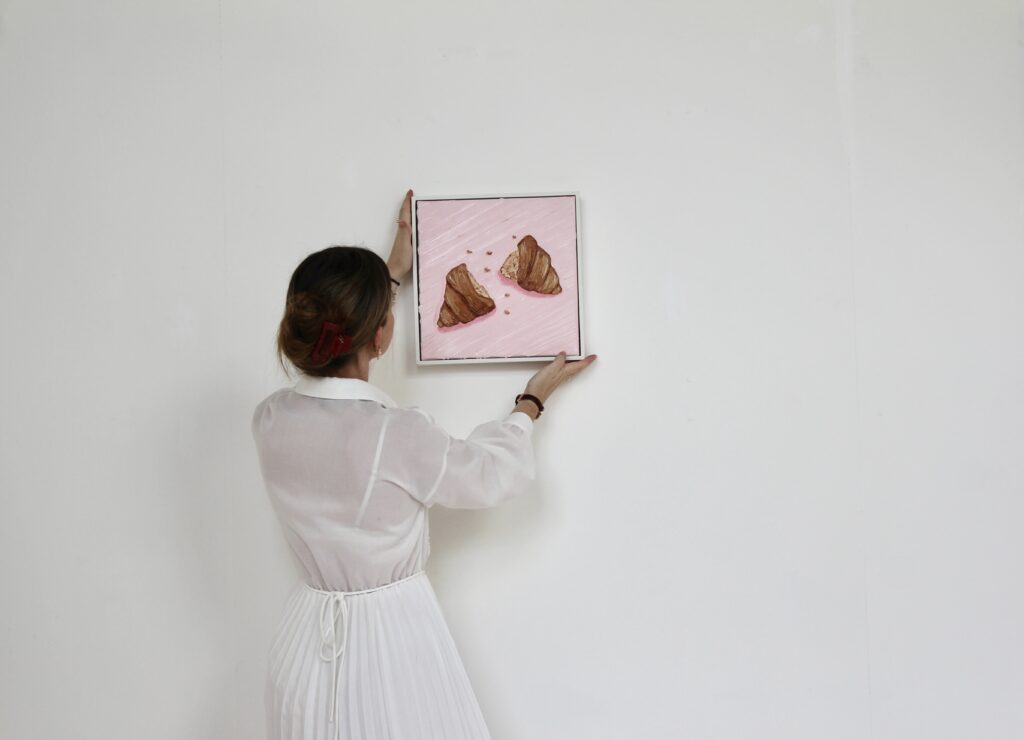
What is it about pastries and desserts specifically that inspires you?
I’ve always had a sweet tooth, and being French, pastries and desserts have been a big part of my life. In France, sweets are more than food- they’re a daily pleasure, an art and a way to bring people together.
What inspires me most is their texture and the emotions they evoke. The glossy sheen of a ganache, the crispy delicate layers of a mille-feuille, or the creaminess of gelato—all of these translate beautifully into paint. Through my art, I try to capture that sense of happy nostalgia, making desserts feel almost tangible and inviting, like a sweet memory you can step into.
There is a French expression “madeleine de Proust” that I love. It refers to a taste that instantly brings back a nostalgic memory. It is from Marcel Proust’s novel In Search of Lost Time. Desserts have that same power for me—they can transport us to childhood or special moments. That’s what I try to capture in my art, a sweet memory.
Loving this Interview on the Intersection of Food and Art? You Might Also Like…
Dot by Dot: The Best Places to Buy Authentic Aboriginal Art in Australia
Classic Australian Books You Should Read In Your Lifetime
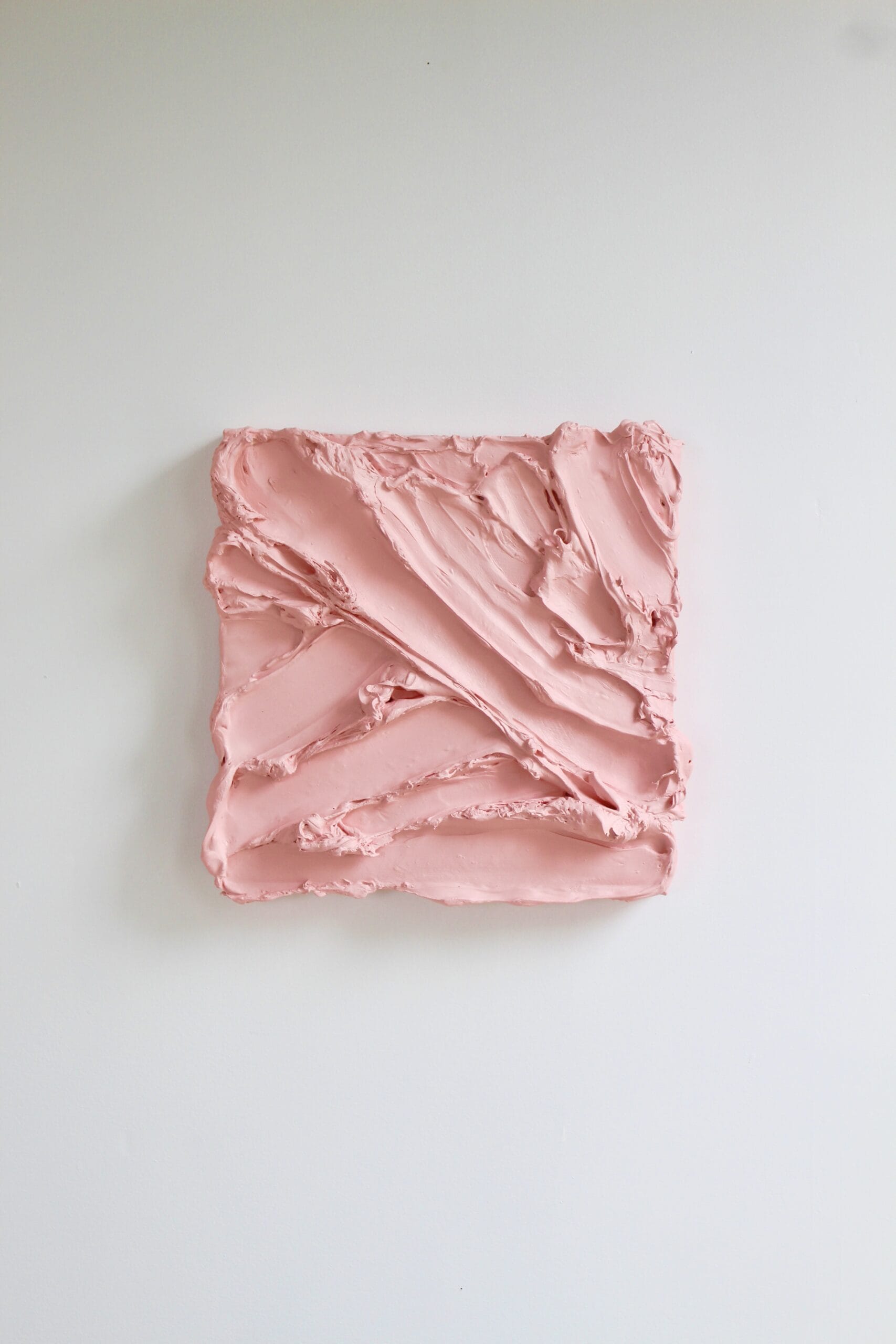
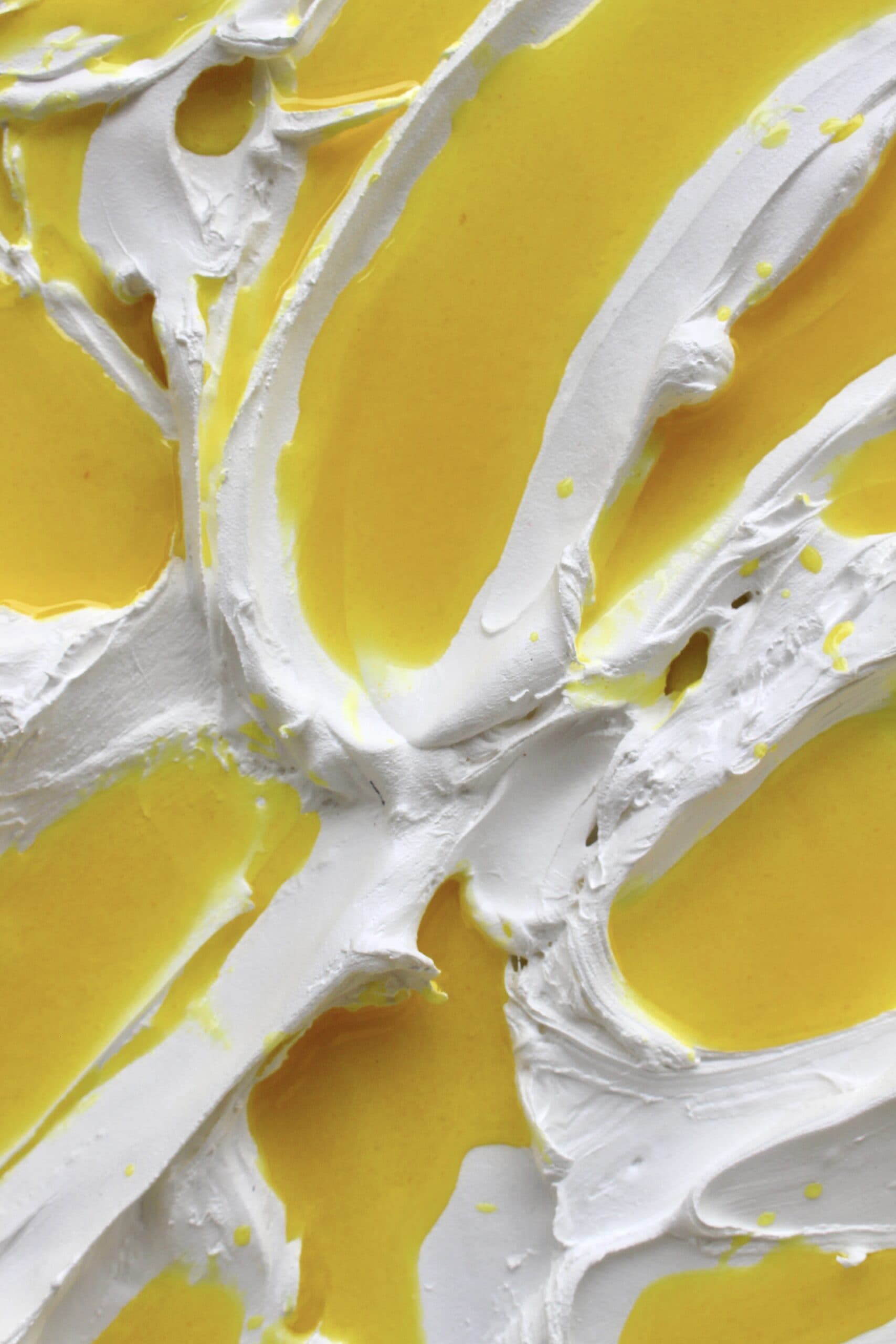
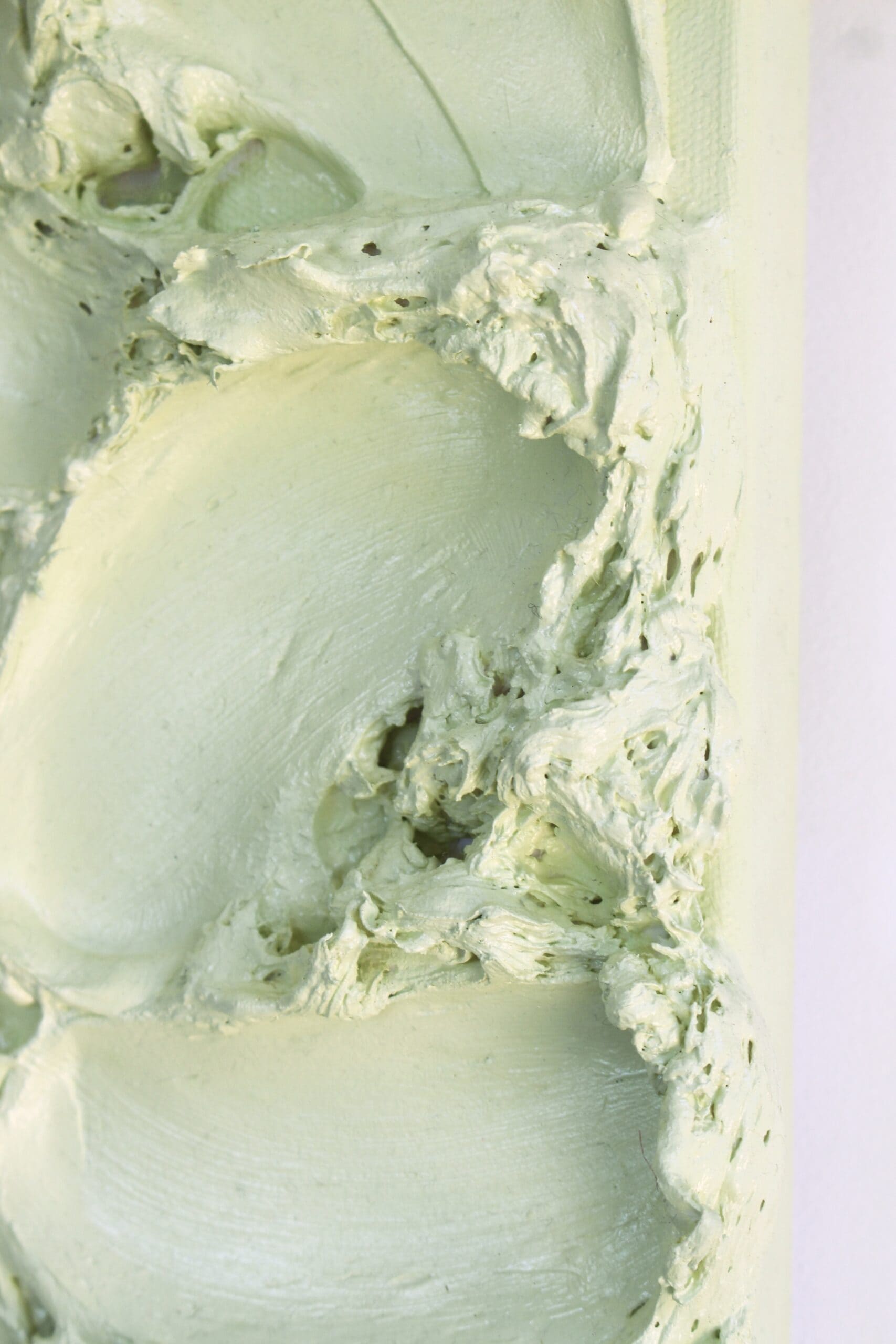
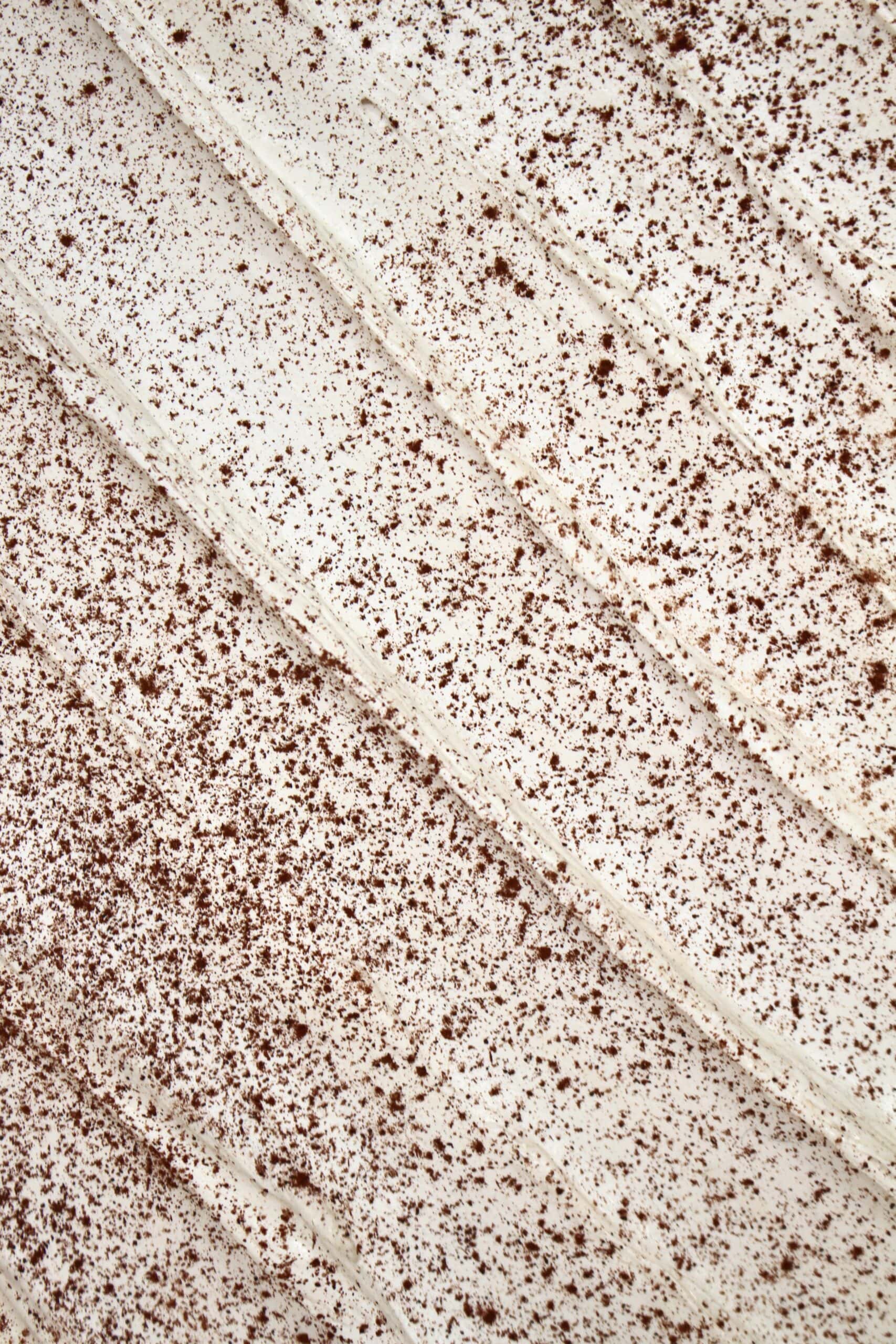
Your latest collection is incredibly texturally evocative. How do you feel like your two collections complement each other?
My two collections explore food in different ways but share the same essence—celebrating the joy and nostalgia it brings. My oil paintings capture intimate food moments with rich colours and a sense of storytelling, while the textural pieces present a more sensory approach. With thick, sculptural layers of paint, they push the idea of indulgence further, making the medium itself feel almost edible. While one focuses on narrative and nostalgia, the other invites a more instinctive, tactile reaction. Together, they offer two ways of experiencing the emotional connection we have with food.
How do you choose what colours to work with when you’re working with food art?
I choose colours that evoke emotion and create a strong sensory connection to food. In my textural series, I use a lot of foodie colours—pistachio, lemon, grapefruit, chocolate, bubblegum—because they naturally trigger taste and nostalgia. These shades make the paintings feel almost edible, enhancing the connection between art and the experience of enjoying something sweet.
For my oil paintings, I focus on warmth and richness, using deep reds, golden tones, and creamy whites to capture the feeling of shared food moments. The colours help tell a story, whether it’s the comforting glow of a café or the soft pastels of a childhood treat.
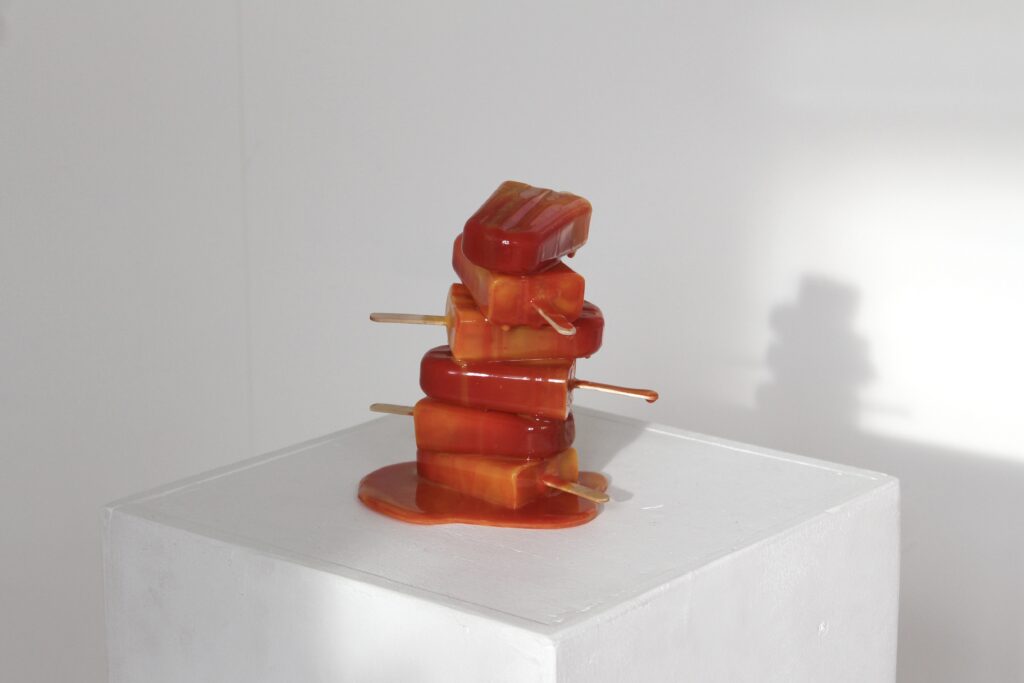
Will you ever consider moving on to a different food group?
For now, I’m still fascinated by desserts – their textures, colours, and the emotions they evoke. I feel like there is so much to explore!
That said, I’m always open to new ideas. Food, in general, has such a strong connection to memory and culture, so I could see myself expanding into other areas that carry the same sense of nostalgia and joy. But for now, sweets still have my heart!
What can our readers look forward to seeing from you next?
More sweets. I want to explore different cultures and cuisines. If anyone has an interesting or unique dessert, please feel free to send it to me. I would also love to collaborate with chefs. I love discovering new textures, flavours and people!
Keen to see more from Marie? Follow along on her foodie-fuelled art journey over here.
If you loved this article on the intersection of food and art and are looking for more arty bits and bobs to peruse, be sure to check out our edits of the best female artists and the best podcasts for your 2025 listen list.
 Subscribe
Subscribe









 Subscribe
Subscribe
